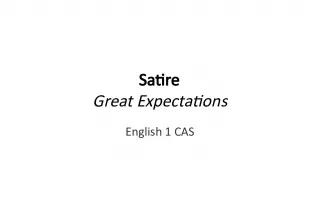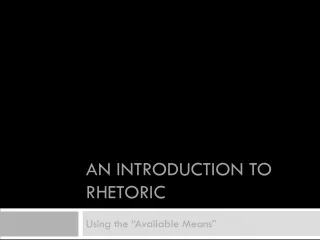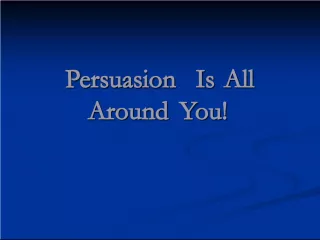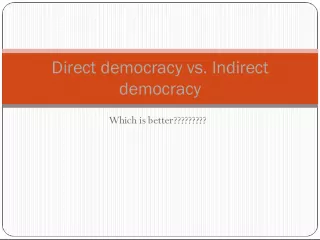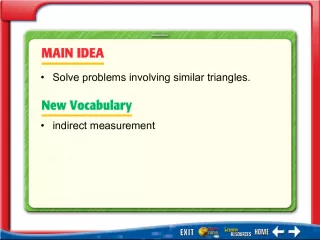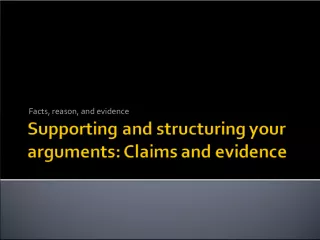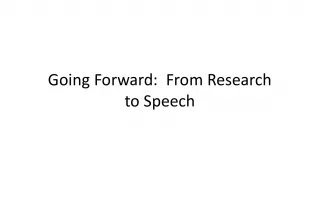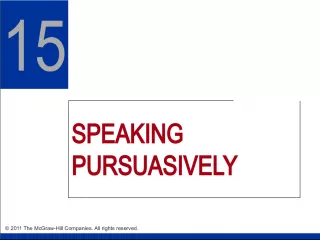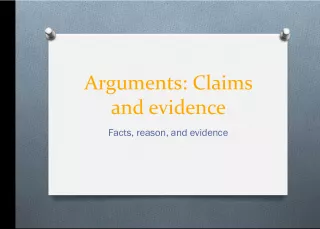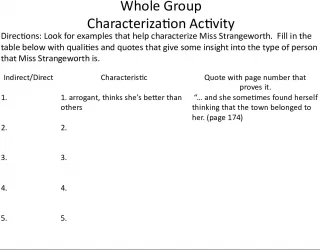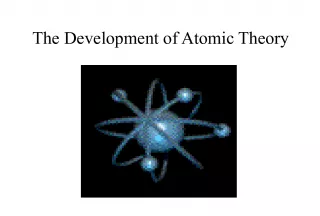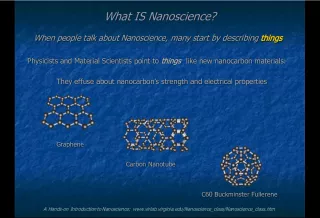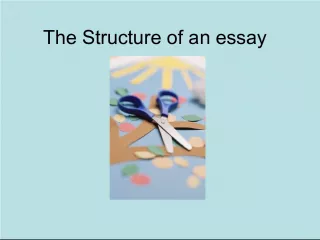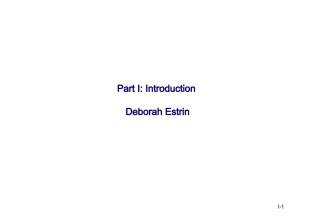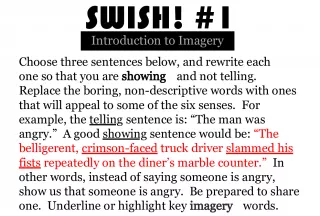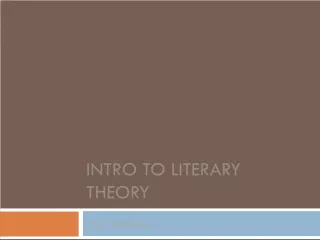Introduction to Satire: The Art of Indirect Persuasion
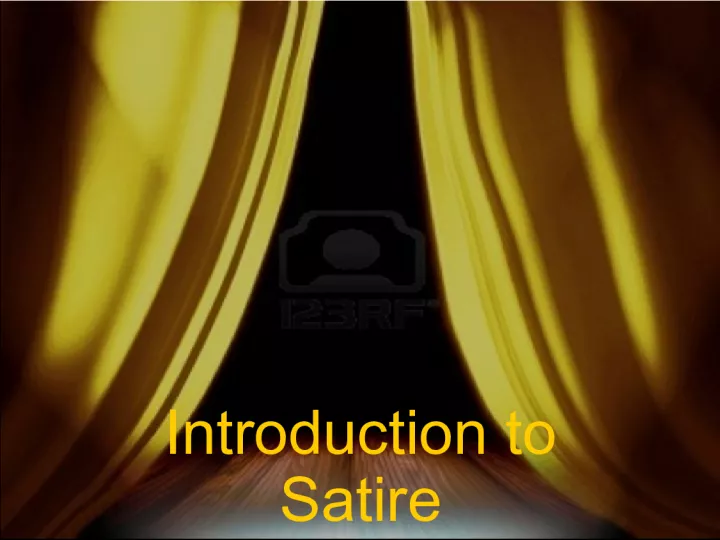

This article explores the world of satire and how it can be a powerful tool for changing people's perceptions of certain subjects. Whether it's through late night comedy shows
- Uploaded on | 3 Views
-
 lucywells
lucywells
About Introduction to Satire: The Art of Indirect Persuasion
PowerPoint presentation about 'Introduction to Satire: The Art of Indirect Persuasion'. This presentation describes the topic on This article explores the world of satire and how it can be a powerful tool for changing people's perceptions of certain subjects. Whether it's through late night comedy shows. The key topics included in this slideshow are . Download this presentation absolutely free.
Presentation Transcript
Slide1Introduction toSatire
Slide2The Art of IndirectPersuasion If you’ve ever enjoyed watching late- night comedy shows, you know how effective and fun this approach can be when it comes to changing perception of the subjects being lampooned. writers use a range of genres and techniques , including parody, to present their messages in indirect ways .
Slide3The Art of IndirectPersuasion diction and syntax can be used to create humor as well as a wide range of satirical tones . satirists manipulate and parody the conventions and content of other formats and genres to advance their purposes as writers.
Slide4Satire Satire is a literary genre that uses irony, wit, and sometimes sarcasm to expose humanity’s vices and foibles, giving impetus, or momentum, to change or reform through ridicule. It is a manner of writing that mixes a critical attitude with wit and humor in an effort to improve mankind and human institutions.
Slide5Satire While some writers and commentators use a serious tone to persuade their audiences to accept their perspective on various issues, some writers specifically use humor to convey a serious message .
Slide6Satire
Slide7Types of Direct Satire Horatian satire is a type of direct satire which pokes fun at human foibles with a witty even indulgent tone. Juvenalian satire is a type of direct satire which denounces, sometimes with invective, human vice and error in dignified and solemn tones.
Slide8Horatian Satire This type of satire is named after the Roman satirist Horatian . It seeks to criticize, rather than attack, immorality or stupidity. In general, Horatian satire is gentler, more sympathetic, and more tolerant of human folly. Unlike Juvenalian satire, it serves to make us laugh at human folly as opposed to holding our failures up for needling. Horatian satire tends to ridicule human folly in general or by type rather than attack specific persons. It tends to produce a smile.
Slide9Horatian Satire
Slide10Juvenalian Satire This type of satire is named after the Roman satirist Juvenal . It is harsher than Horatian satire because it often attacks and shows contempt for people. Often, it seeks to address some evil in society through scorn and ridicule . The Juvenalian satirist approaches his work in a more serious manner and uses dignified language to attack erroneous thinking or vice. In this way Juvenalian satire evokes feelings of scorn, shock, and righteous indignation in the mind of the reader.
Slide11Juvenalian Satire
Slide12Characteristics ofSatiric Writing The following slides describe the various characteristics that often appear in satiric writing . As you read the literature in the remainder of this unit, your goal will be to identify and analyze these characteristics and their effect on the various texts.
Slide13Irony Irony is a mode of expression, through words ( verbal irony ) or events ( irony of situation ), conveying a reality different from and usually opposite to appearance or expectation. The surprise recognition by the audience often produces a comic effect , making irony often funny.
Slide14Irony When a text intended to be ironic does not seen as such, the effect can be disastrous. To be an effective piece of sustained irony, there must be some sort of audience tip-off, through style, tone, use of clear exaggeration , or other device.
Slide15Irony
Slide16Hyperbole Hyperbole is deliberate exaggeration to achieve an effect; overstatement.
Slide17Litotes Litotes are a form of understatement that involves making an affirmative point by denying its opposite. For Example: “Being tortured with fire must have been somewhat uncomfortable.” “Rap videos with dancers in them are not uncommon.“ “There are a few Starbucks in America."
Slide18Caricature A caricature is an exaggeration or other distortion of an individual's prominent features or characteristics to the point of making that individual appear ridiculous. The term is applied more often to graphic representations than to literary ones.
Slide19Caricature
Slide20Wit Wit is most commonly understood as clever expression, whether aggressive or harmless; that is, with or without derogatory intent toward someone or something in particular. We also tend to think of wit as being characterized by a mocking or paradoxical quality , evoking laughter through apt phrasing.
Slide21Wit
Slide22Sarcasm Sarcasm is intentional derision, generally directed at another person and intended to hurt. The term comes from a Greek word meaning “ to tear flesh like dogs ” and signifies a cutting remark. Sarcasm usually involves obvious, verbal irony , achieving its effect by jeeringly stating the opposite of what is meant so as to heighten the insult.
Slide23Sarcasm
Slide24Ridicule Ridicule is the use of words intended to belittle a person or idea and arouse contemptuous laughter. The goal is to condemn or criticize by making the thing, idea, or person seem laughable and ridiculous.
Slide25Ridicule
Slide26Parody A parody is an imitation of an author or his/her work with the idea of ridiculing the author, his/her ideas, or the work itself. A parodist exploits the peculiarities of an author’s expression —the propensity to use too many parentheses, certain favorite words, or other elements of the author’s style.
Slide27Parody “Amish Paradise” Weird Al Yankovic http://www.youtube.com/watch?v=lOfZLb33uCg
Slide28Invective Invective is speech or writing that abuses, denounces, or attacks. It can be directed against a person, cause, idea, or system. It employs a heavy use of negative emotive language . For Example: “I cannot but conclude the bulk of your natives to be the most pernicious race of little odious vermin that nature ever suffered to crawl upon the surface of the earth.” (Swift, Gulliver’s Travels )
Slide29Invective
